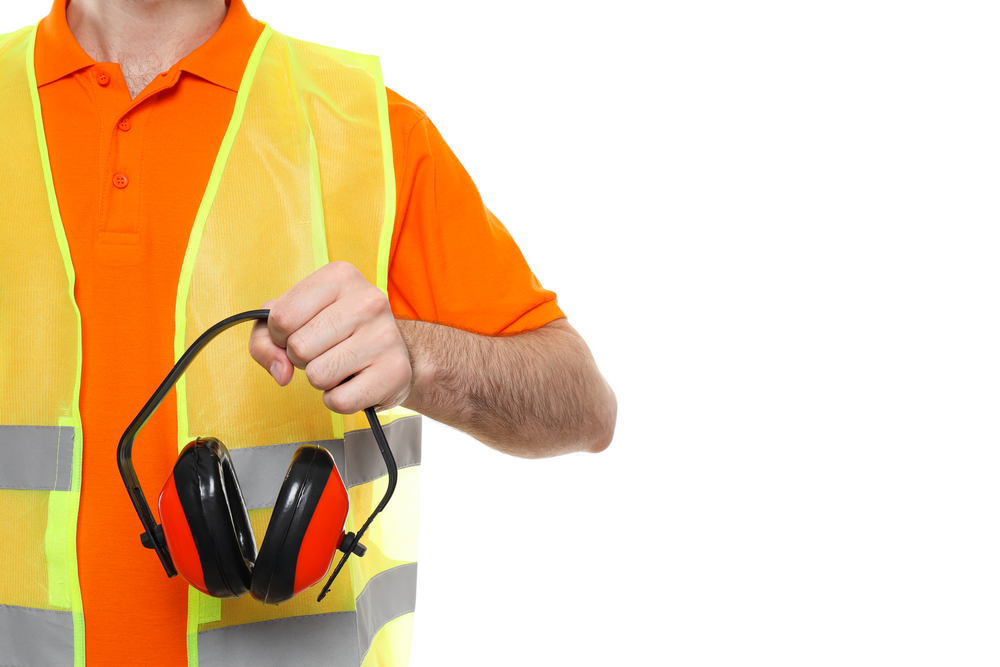Although there are many sources responsible for causing noise-induced hearing loss (NHL) outside of the workplace, oftentimes it’s exposure to damaging levels of noise while in a working environment, that impair a person’s hearing.
Occupational hearing loss can happen when an employee hasn’t received appropriate hearing protection while at work, such as industrial ear muffs, or when equipment that can be operated at lower decibels, hasn’t been invested in.
Whatever the cause, NHL is a serious matter, and one that employers must take robust action to minimize the risk of.
Hearing damage explained
It’s entirely possible that a single loud sound close to your ear, can damage a person’s hearing, such as a firecracker or a gunshot. But in the majority of instances, a loss of hearing results from prolonged or repeated exposure to very loud noises, and as you might expect, the louder the sound is, the quicker the hearing loss occurs.
Measured in decibels (dB), sounds like a whisper are around 30 dB, while a normal conversation measures at around 60 dB. Any prolonged noise that registers above 70 dB can have a detrimental effect on your hearing, while any sound registering above 120 dB can harm your ears immediately.
When an employee is exposed to any noise registering 85 dB or higher, over an average period of 8 hours, OSHA demands that the appropriate action be taken by employers.
How are noise levels measured?
Specialized equipment can be used to measure exact noise levels within a working environment, but this is only required if workers are exposed to sounds at or above 85 dB. Generally, there may already be indicators that levels of noise are high, such as when workers raise a complaint about it or if normal conversations can’t be carried out. Once the presence of high levels of noise have been established, it’s up to the employer to take the necessary action to protect their employees’ hearing.
What can employers do to safeguard employees’ hearing?
Trying to reduce the level of noise employees are exposed to while at work is one step employers can take to reduce the risk of NHL, or any kind of damage to employees hearing. For instance, some items of equipment can be bought that operate at lower decibels to protect employees hearing, or administrative controls over how many hours an employee can work while in a very noisy environment, or with certain equipment, can be put in place.
Even if the above measures are taken, employers should still be providing their workforce with appropriate PPE to meet the hearing protection requirements of OSHA, such as industrial ear plugs and ear muffs. Provided they’re inserted properly, ear plugs offer the highest level of protection, making it imperative that employees are taught how to wear them the right way.
Overall, some exposure to high-decibel sounds in the workplace can be difficult to avoid, particularly when they are vital for a certain task or industry as a whole. However, steps should always be taken by employers to afford their employees as much hearing protection as possible, to prevent hearing loss and damage. Ask us about our selection of hearing protection and ear plugs.



